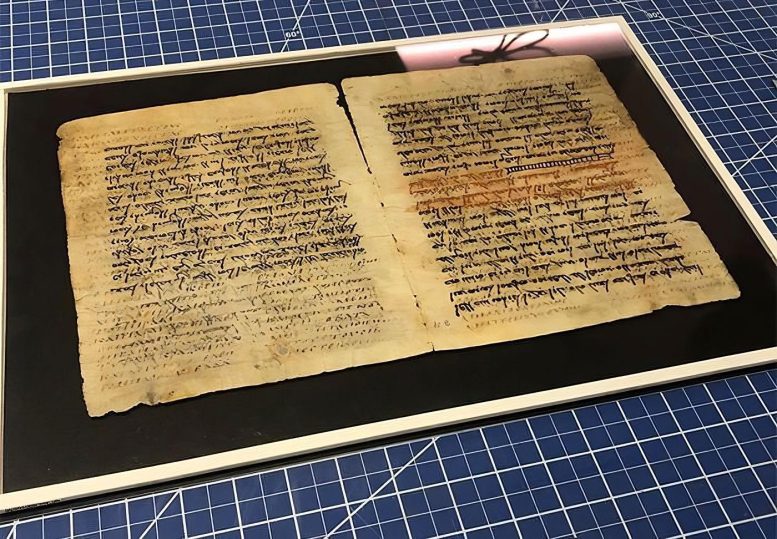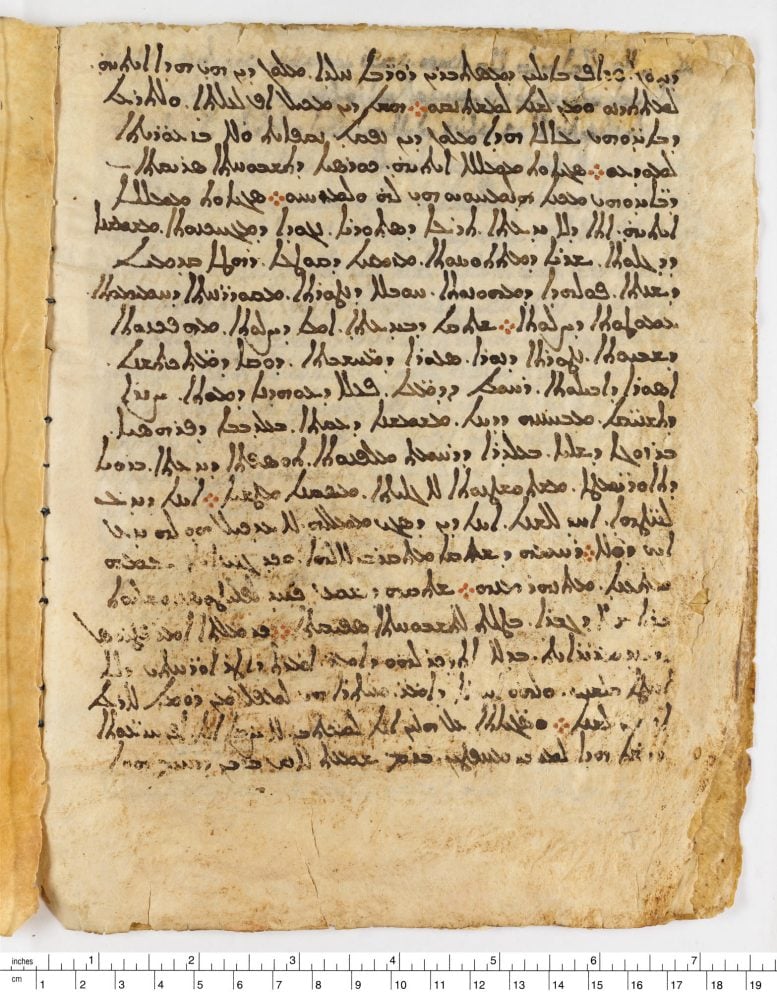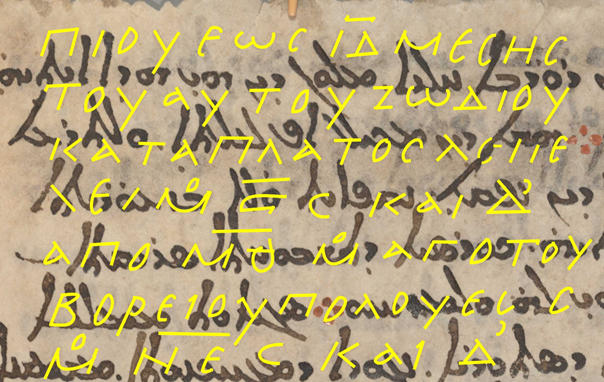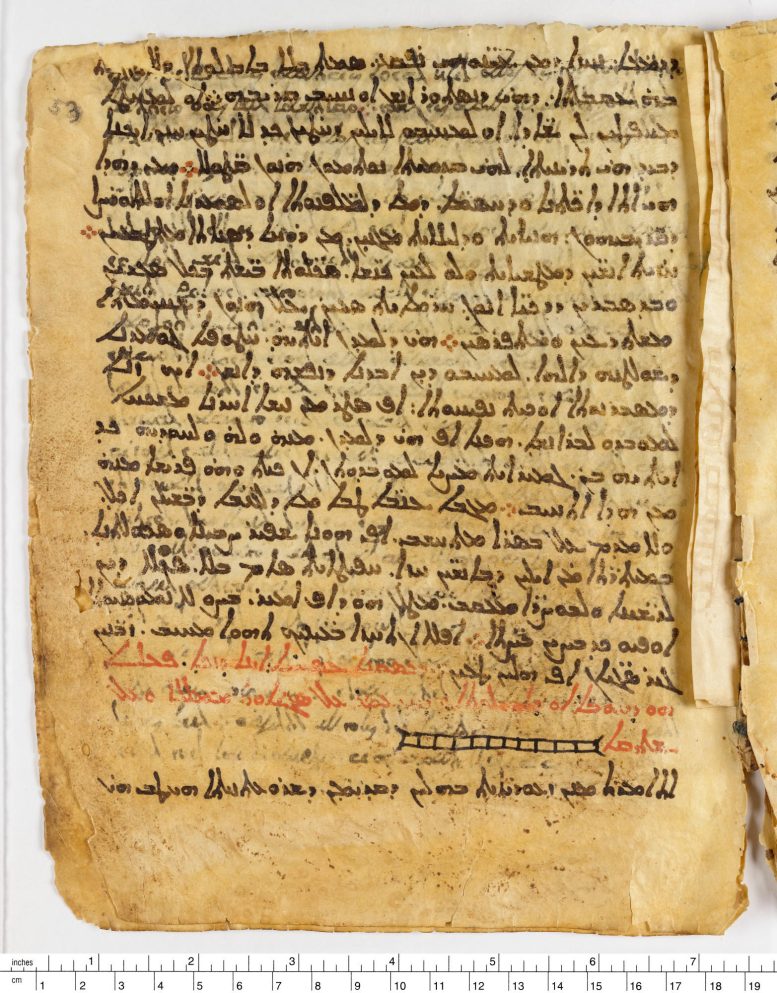
Written over 2000 years ago, the Hipparchus Star Catalogue is the oldest known attempt to determine the precise position of fixed stars.
Fragments of the Star Catalogue written by the Greek astronomer Hipparchus during the second century BC have recently been discovered by researchers from the French National Center for Scientific Research (CNRS), Sorbonne University, and Tyndale House (associated with the University of Cambridge). These texts were discovered using multispectral imaging methods after being wiped from a manuscript during the medieval period in order to reuse the pages. The study of these extracts, which was published in the Journal for the History of Astronomy, sheds new light on ancient astronomy.
Even for the most Cartesian of minds, old grimoires often contain sought-after mysteries, such as the fragments of a lost astronomical treatise called the Hipparchus Star Catalogue. The Greek astronomer Hipparchus wrote it between 170 and 120 BC, making it the first documented effort to pinpoint the exact location of fixed stars by associating them with numerical coordinates.

as a Greek text hidden beneath the Syriac overtext. Credit: Museum of the Bible Collection. All rights
reserved. © Museum of the Bible, 2022
This text was previously only known through the works of Claudius Ptolemy, another ancient astronomer who compiled his own catalog about 400 years after Hipparchus. The descriptions of four constellations from Hipparchus’ Star Catalogue have recently been deciphered by researchers from the Léon Robin Center for Research on Ancient Thought (CNRS/Sorbonne University) and their British colleague from Tyndale House in Cambridge.

This discovery comes from the Codex Climaci Rescriptus ‒ a book made up of parchments that were erased and then rewritten, also known as a palimpsest. In the past, this Codex contained an astronomical poem in ancient Greek with, among elements of commentary on the poem, fragments of Hipparchus’ Catalogue. This palimpsest text, erased in medieval times, has been revealed through multispectral imaging by teams from the Early Manuscripts Electronic Library, the Lazarus Project, and the Rochester Institute of Technology.

catalog is on the other side of this page. Credit: Museum of the Bible Collection. All rights reserved. ©
Museum of the Bible, 2022
The fragments of the Star Catalogue are the oldest known to date and bring major advances in its reconstruction. Firstly, they refute a widespread idea that Claudius Ptolemy’s Star Catalogue is merely a “copy” of Hipparchus’ as the observations of the four constellations are different. Furthermore, Hipparchus’ data are verified to the nearest degree, which would make his catalog much more accurate than Ptolemy’s, even though it was composed several centuries earlier.
For the research team this major discovery sheds new light on the history of astronomy in antiquity and on the beginnings of the history of science. Above all, it illustrates the power of advanced techniques, such as multispectral imaging, whose application on illegible palimpsests could save numerous lost texts on philosophy, medicine, or horticulture from oblivion.
Reference: “New evidence for Hipparchus’ Star Catalogue revealed by multispectral imaging” by Victor Gysembergh, Peter J. Williams and Emanuel Zingg, 18 October 2022, Journal for the History of Astronomy.
DOI: 10.1177/00218286221128289
Never miss a breakthrough: Join the SciTechDaily newsletter.